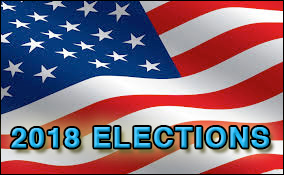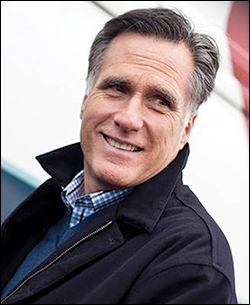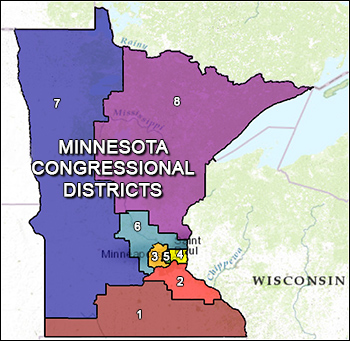Aug. 15, 2018 — Forty states have now chosen their nominees for the fall, as voters in Connecticut, Minnesota, Vermont, and Wisconsin made their choices known yesterday.
MINNESOTA
The big story was former two-term Gov. Tim Pawlenty failing in his bid to return to the Governor’s mansion. Pawlenty, who served from 2003-2011 and won two tough general elections, lost last night to Hennepin County Commissioner Jeff Johnson, the party’s 2014 gubernatorial nominee and this election’s endorsed Republican Party candidate. Johnson recorded a 53-44 percent primary victory.
For the Democrats, US Rep. Tim Walz (D-Mankato), who scored the barest of re-election victories in 2016, won a highly competitive party primary last night with a 42-32-24 percent win over state Rep. Erin Murphy (D-St. Paul), the party-endorsed candidate, and Attorney General Lori Swanson who was originally running for re-election but switched races when she failed to win the party endorsement at the state convention. Rep. Walz performed strongly in his southern Minnesota base, carrying every county from the Iowa border through the central part of the state while splitting the Twin Cities area. Though Rep. Murphy won a convincing victory at the party convention, she was never able to convert her momentum into a winning coalition among voters.
In the two Senate races, two-term Democratic incumbent Amy Klobuchar was easily re-nominated for the fall as was appointed Sen. Tina Smith. Sen. Klobuchar is a lock in the general election, while Sen. Smith will face a competitive challenge from state Sen. Karin Housley (R-St. Croix River Valley), who scored a clear Republican primary victory.
In the competitive House races, Republican Jim Hagedorn, who came within less than one percentage point of upsetting Rep. Walz in 2016, again won the party nomination, this time over state Sen. Carla Nelson (R-Rochester) who had support from some conservative organizations. Hagedorn will face the Democratic winner, former Defense Department official Dan Feehan, in what should be a hotly contested general election campaign.







